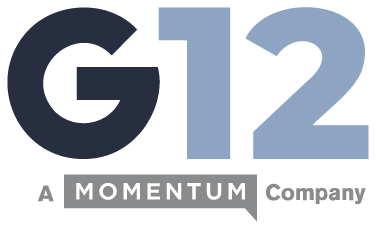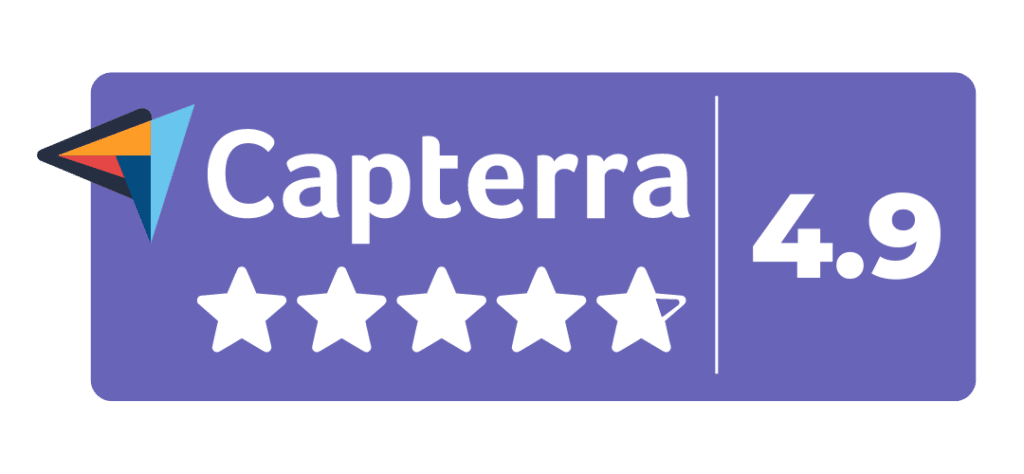
Are you overwhelmed by too many inbound calls? Or, are you trying to streamline the process of who receives which calls? That’s where call routing comes in.
Call routing is the capability to ensure customers talk to precisely the right person they should without excessive hold times or call transfers.
Related: Case Study: Transitioning 17 Branches From Legacy Phone Systems to the Cloud
How Does Call Routing Work?
Call routing considers the answers to pre-set criteria and then determines where—and who—is best to route the incoming call to. The following are the most common criteria used:
Inbound Telephone Number
Using the area code and prefix, the call routing phone system can determine where the caller originates then match them to an appropriate representative to take their call.
Originating Time Zone
Similarly to analyzing the incoming number, the call routing system can determine the time zone where the caller originates and direct their call to an agent in the same time zone.
Interactive Voice Response
IVR allows the caller to speak their needs then the call routing system uses artificial intelligence analysis to determine where best to route the caller.
Automated Option Selection
An automated virtual attendant offers the incoming caller options to select from to inform the system why their calling. Based on which options are selected, the call routing system transfers the caller to the appropriate agent.
Intelligent Call Routing
The call routing system’s artificial intelligence matches the caller to an agent based on that agent’s strengths and skills. For instance, if the system determines the caller only speaks Spanish, the call can be routed to an agent who also speaks Spanish.
Looking for call routing solutions for your business? Check out G12 Communications for all your cloud communication needs.

What Are Different Ways to Implement Call Routing?
After setting your criteria for directed call routing, you’ll then have the option of deciding how you want calls routed. Different options suit different working environments, so you’ll need to pick the protocol you prefer. Here are the most common routing options available.
Ordered
You can choose to have the system route to a specific hierarchy of receiving agents. One person is always the first person the system would try routing a particular type of call to, but if that person is busy, the system will check the availability of the next person on the ordered list. This will continue in descending priority order until the call connects to an available agent.
Agent Cue
As each agent wraps up a customer call, they are placed into an availability cue. Incoming calls route to the agent who has been available the longest.
Round Robin
This method evenly distributes incoming calls among agents. If there are three agents, Agent 1 will receive the first call. After Agent 1 has successfully connected with an incoming caller, Agent 2 will receive the next call. Once Agent 2 has successfully connected with an incoming caller, Agent 3 will receive the next call. Finally, when Agent 3 has successfully connected with an incoming caller, the call routing system would start back with Agent 1 receiving the next call and so on.
Simultaneous
When an incoming call is received, every available agent’s phone will ring. The first person who answers their phone first gets the call.
Weighted
Each agent is assigned a percentage of incoming calls, which allows those with more experience or faster phone skills to receive a higher share of incoming calls than someone new or with slower skills.
Related: G12 Communications Brings PSTN Connectivity to Customers of Major CCaaS Providers

What Are the Benefits of Call Routing?
Call routing can mean the difference between a happy customer or a disappointed one. If you’ve ever called into a banking or customer service center and had to be transferred multiple times to get to someone who could help you, you understand the frustration that wasted time may cause. Call routing can improve the customer experience while also making the agent side more efficient. Here’s how:
Reduces Hold Times
The efficiency of a call routing system means customers don’t have to stay on hold as long. Calls route to someone who can handle the caller’s needs and automatically deliver to another agent if the first one is unavailable.
Improves Customer Experience
Reduced hold times alone improved the customer experience, but other perks can, too. For instance, IVR and automated option selection routing protocols can streamline the calling process to connect the customer to the person who can help them.
Increases Agent Productivity
Routing Spanish calls to Spanish callers prevents non-Spanish-speaking agents from using precious time to communicate their difficulty understanding their customers. When calls go to the right people on the first attempt, agent productivity skyrockets.
Forwards Calls When Unavailable
For many businesses, a customer not getting through to an agent when the call can harm the bottom line. With call routing, customers can be routed to the next available person who can assist them instead of being sent to voicemail or waiting on hold.
Limits Calls During Unattended Hours
Closed overnight or on the weekend? Call routing can prevent customers from ringing the phones off the hook by informing them of attended hours or forwarding them directly to voicemail.
Related: 7 Questions You Need to Answer Before Choosing a UCaaS Platform & Provider
Looking to Implement Direct Routing for Microsoft Teams?
Are you interested in a cost-cutting solution that creates a fully-functioning company phone system out of Microsoft Teams, the industry-leading collaboration tool? Get in touch with G12 Communications.
Want to learn more about opportunities for better team collaboration and customer engagement? Contact G12 Communications today!
The Positives Are Plentiful
Boost productivity with agent-friendly solutions that provide an intuitive experience for your customers.
Direct call routing offers a streamlined—and cost-effective—opportunity to engage your customers better and boost productivity in the workplace.
Are you tired of losing business because you can’t handle higher call volumes or transfer calls to the right people fast enough? Call routing will help.
